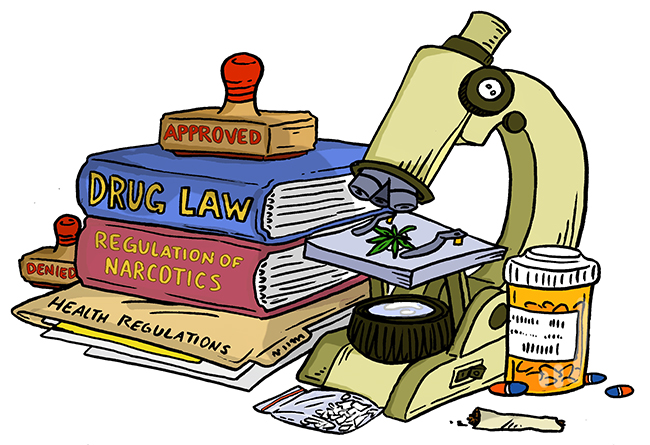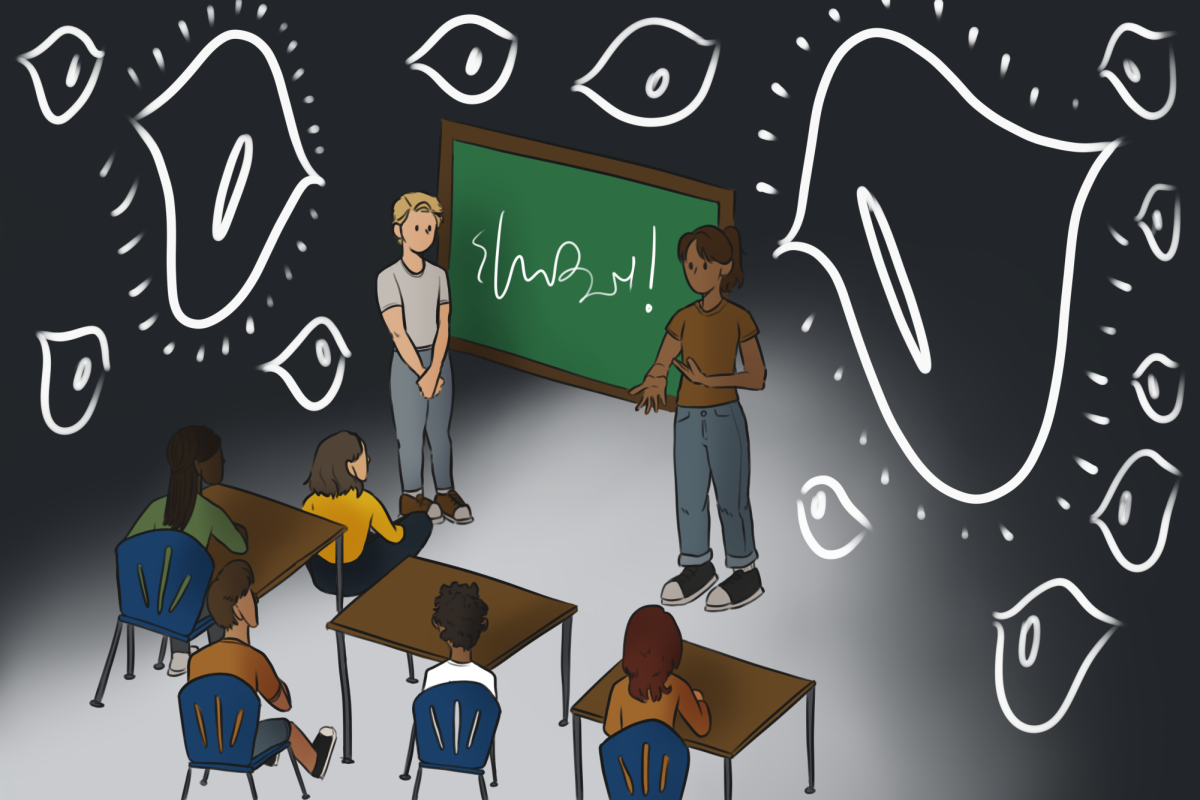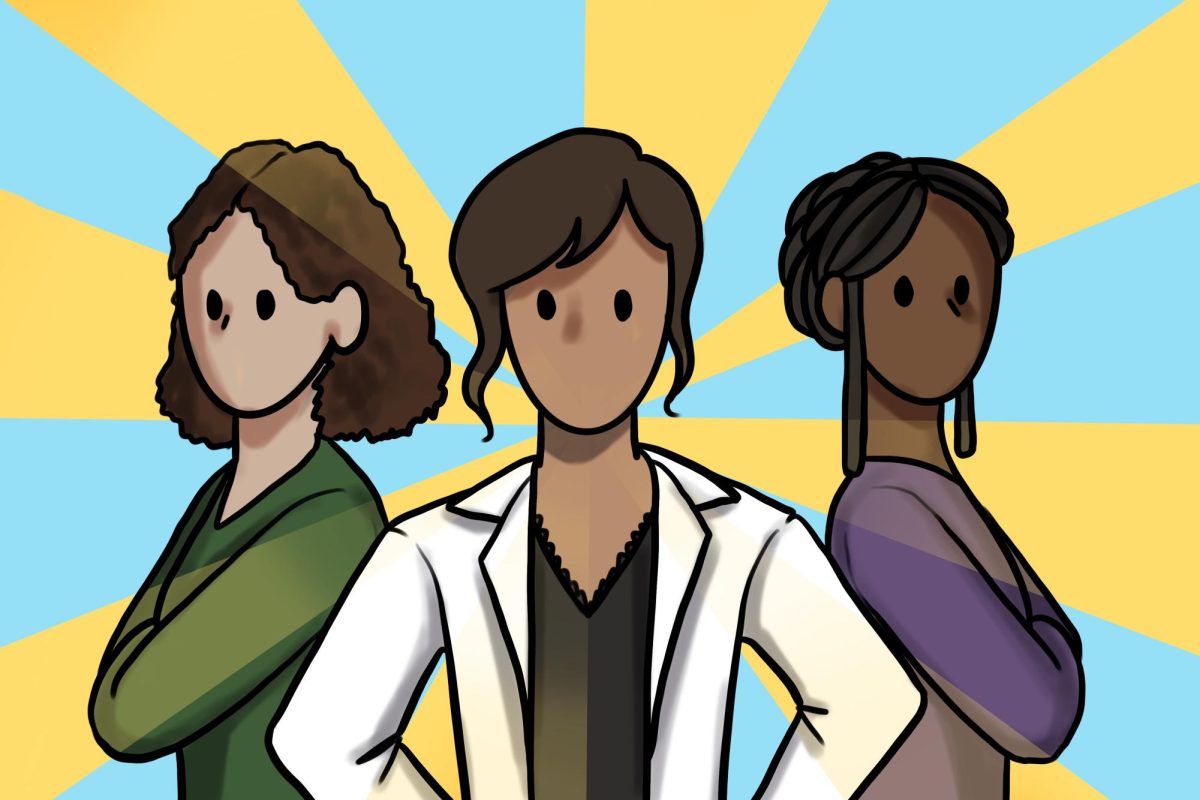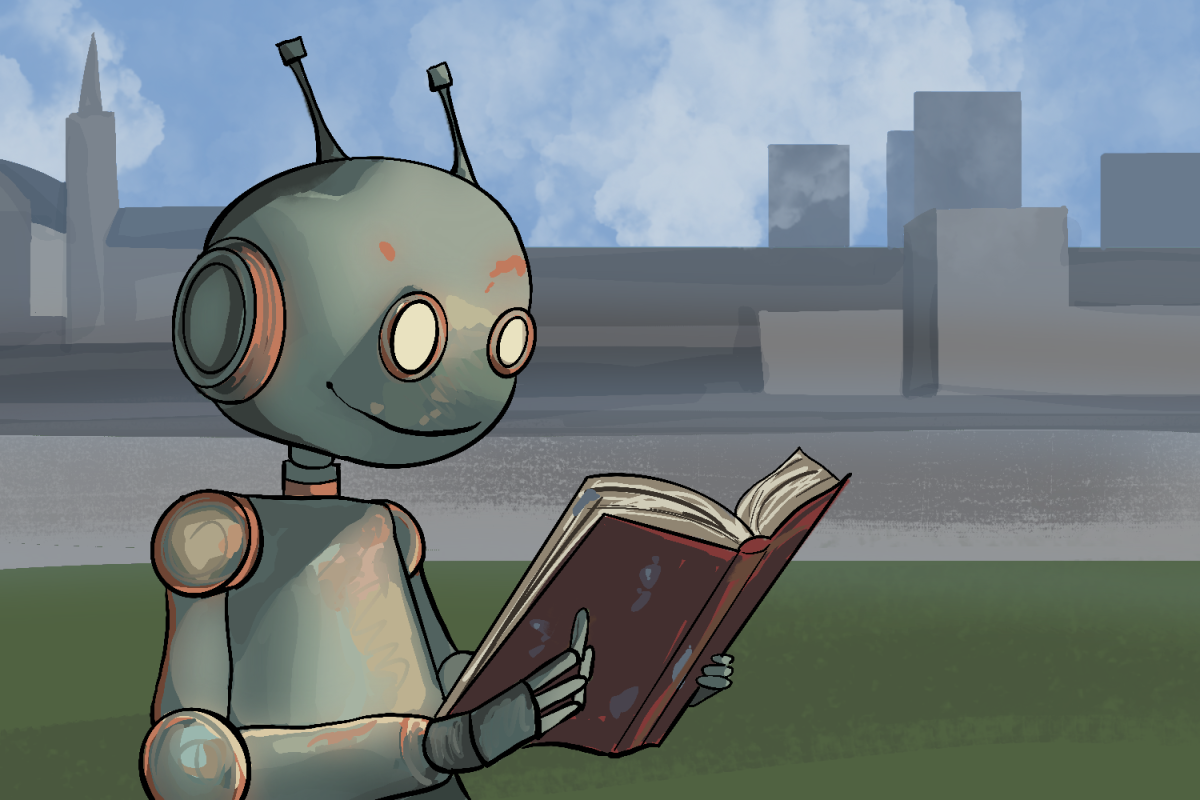With the legalization of marijuana in states such as Colorado and Washington, drug law is starting to ease up on the state level. However, national associations, such as the Drug Enforcement Administration (DEA), still spread misinformation about drugs, and its current drug scheduling is misleading and potentially harmful.
The DEA organizes drugs into five categories, Schedule 1 through 5. Schedule 1 drugs are supposed to be very dangerous, “with no currently accepted medical use and a high potential for abuse.” The three most instantly recognizable Schedule 1 drugs are heroin, LSD and marijuana.
By any metric, heroin is vastly more dangerous than marijuana or LSD. Heroin is extremely addictive and has been responsible for the collapse of many people’s lives. This is in sharp contrast to LSD and cannabis, which are virtually impossible to overdose on and have low addiction potential.
These aren’t cherry-picked examples, either. There are multiple irrational classifications on the DEA’s list. Cocaine, a drug with a high addiction risk, is Schedule 2, which is lower than cannabis. Even meth, which rivals heroin in its capacity to destroy lives, is Schedule 2.
Part of the problem is that it is difficult to study drugs in general. The National Institute on Drug Abuse (NIDA) only receives around $1 billion in funding every year, not nearly enough to keep up with the nation’s ever-changing drug trends. On top of this, researchers looking for a grant to study a drug must have an established background, and, once he or she gets a grant, it usually takes four to five years to complete research — by which time the current drug climate has changed completely. All these layers of bureaucracy create an environment that is not friendly to drug reform.
Stephanie Hamborsky, Plan II and biology senior and the president of Students for Sensible Drug Policy, said drug scheduling is “completely misinformed, with no objective analysis.”
Hamborsky added that drug policy is based on the interests of big pharmaceutical companies. While there is no way to prove this, it is interesting that prescription drugs with established addiction potential, such as Xanax, are listed very low on the DEA’s list at Schedule 4.
The problem with grouping drugs such as marijuana with drugs such as heroin is that it destroys the government’s credibility. If a high school kid, who has been told all their life by the drug education program DARE and the government that marijuana is an immensely dangerous and addictive drug, tries it and finds out that it is marginally dangerous at best, what does that tell them about the other drugs that they’ve been told about? If authority figures lie about marijuana, why wouldn’t they be lying about heroin?
The government sabotages its own credibility with its outdated and misinformed drug laws. To salvage credibility, the government should put more money toward drug research in order to properly classify drugs, increase awareness of the truly dangerous drugs and cure the dangerous misconceptions that have entered the American consciousness.
Chastain-Howley is an undeclared sophomore from Dallas.





















